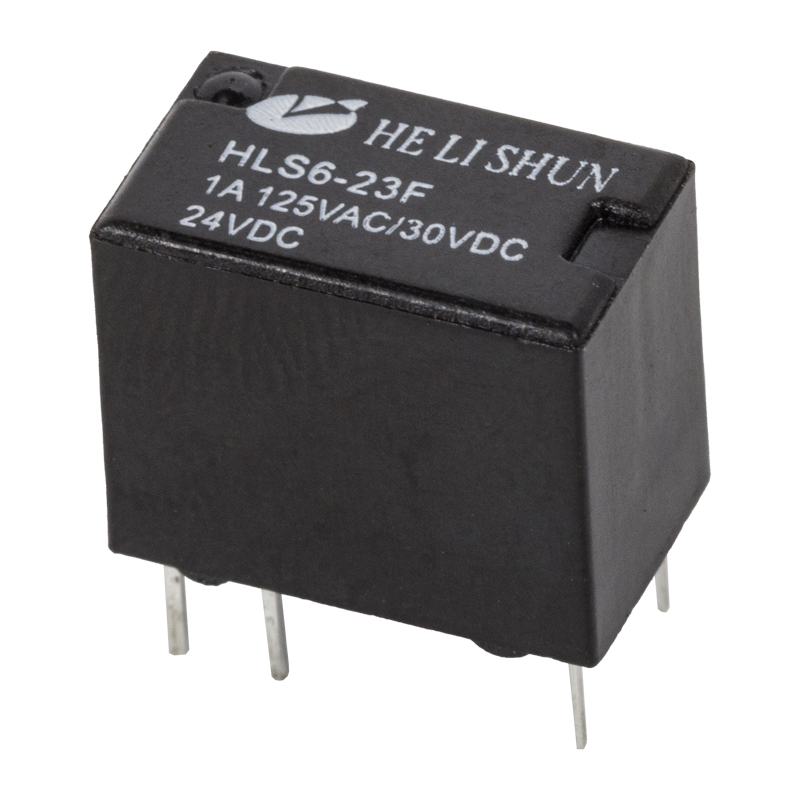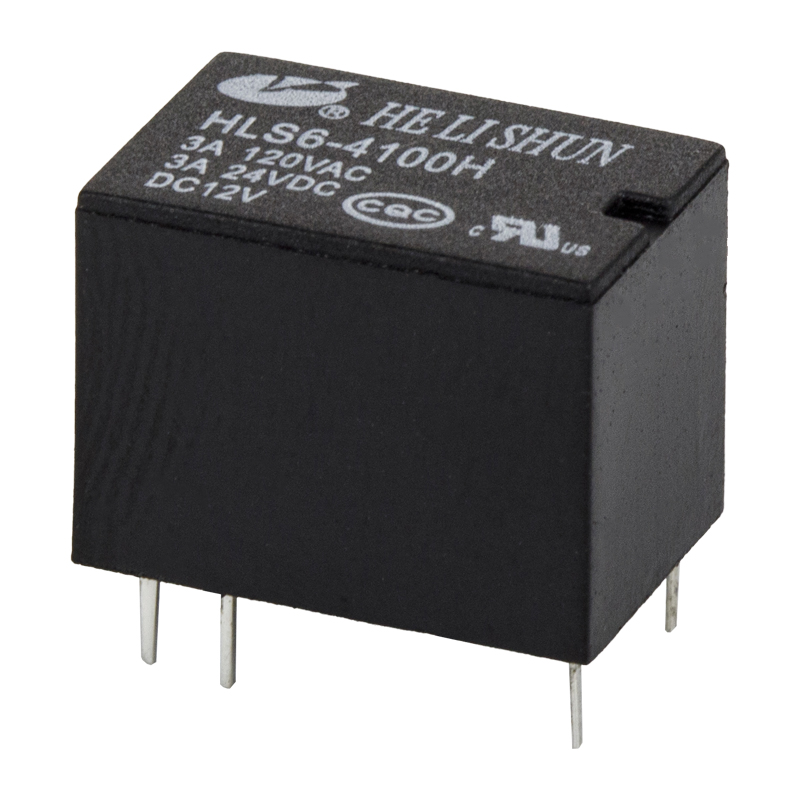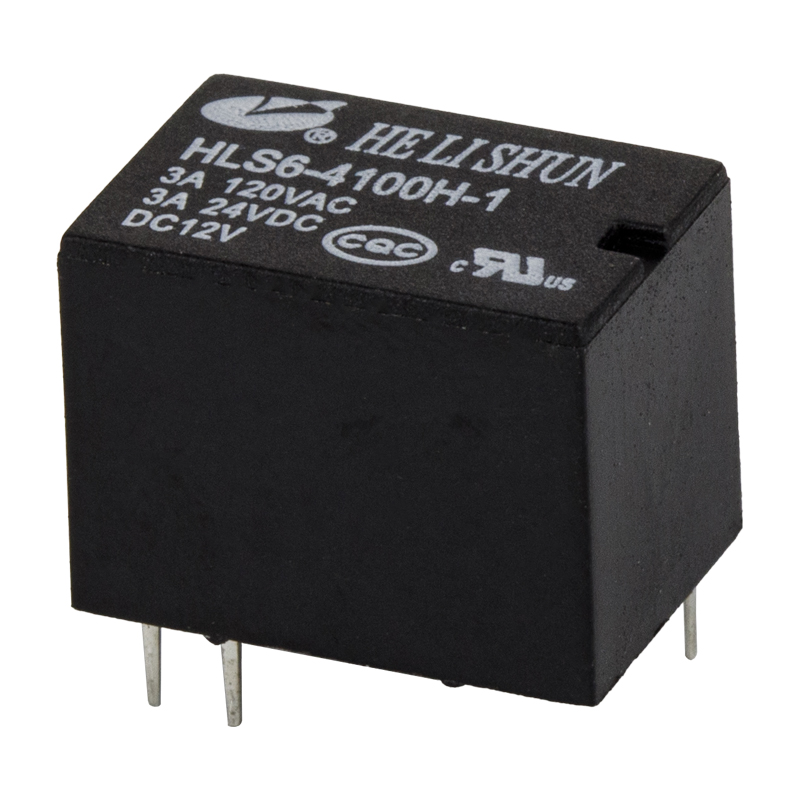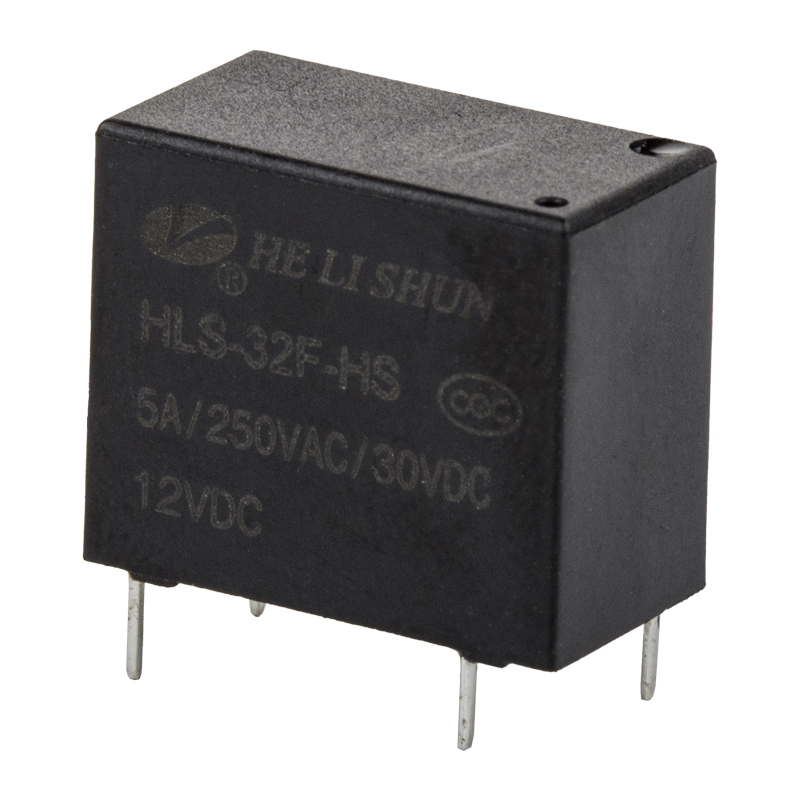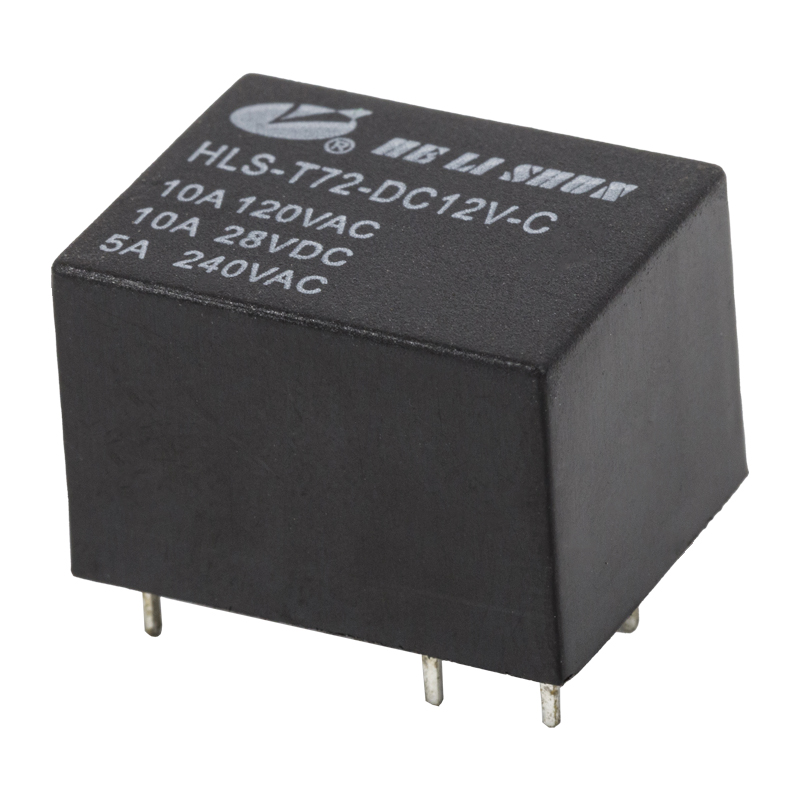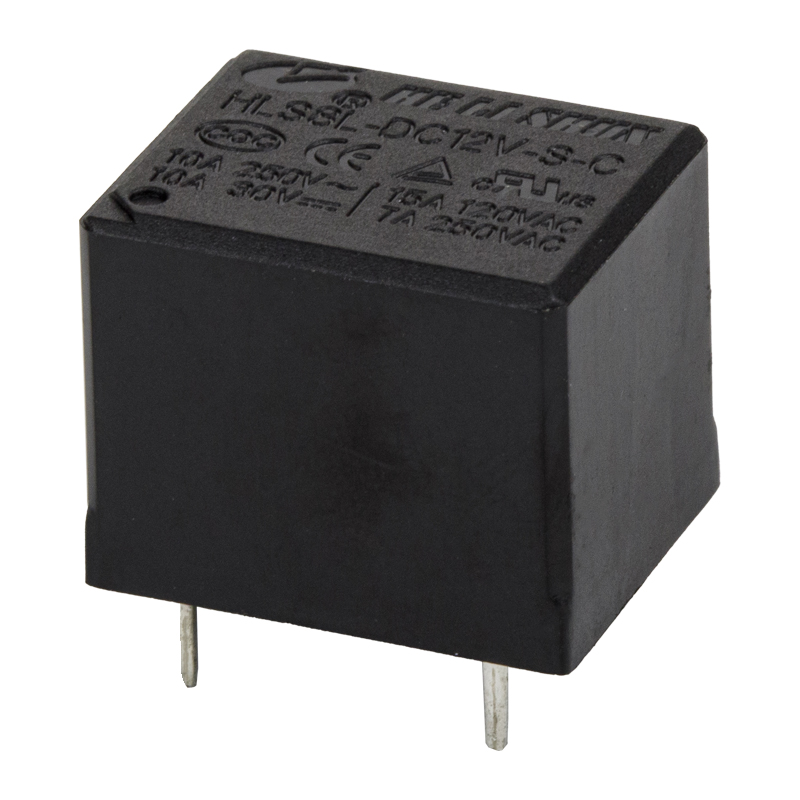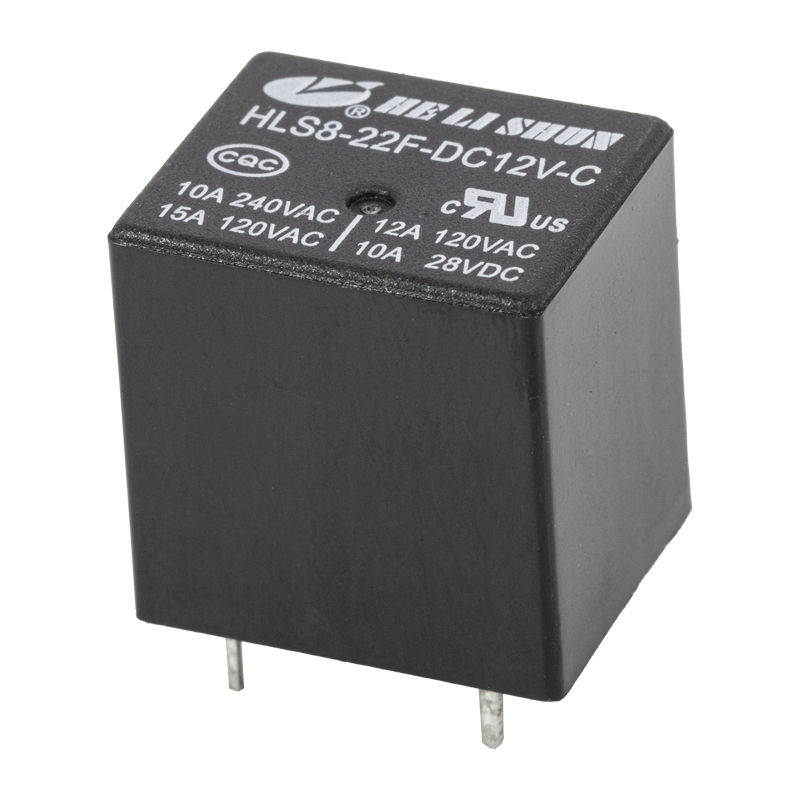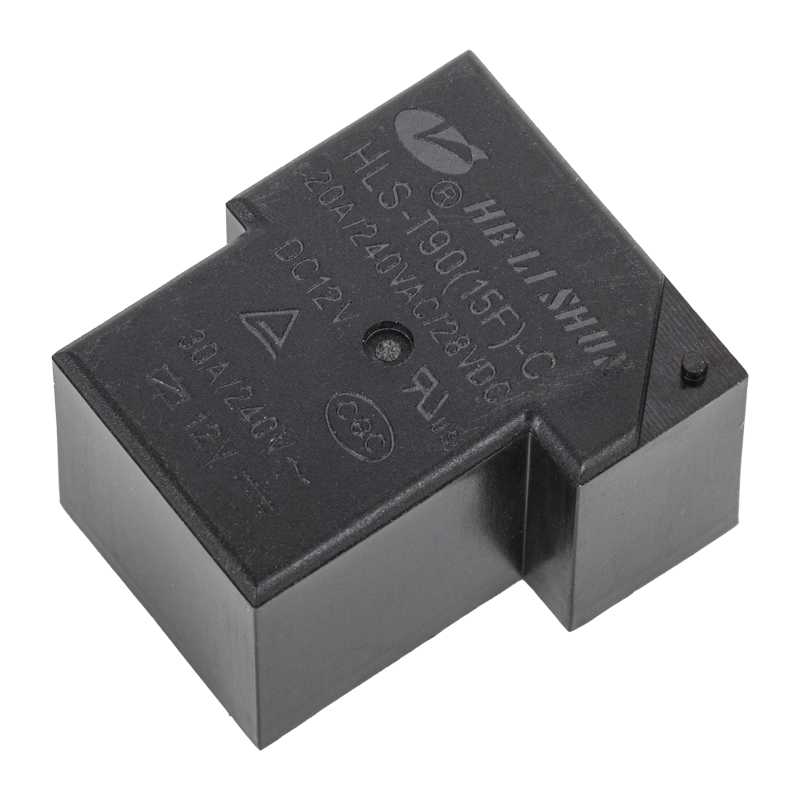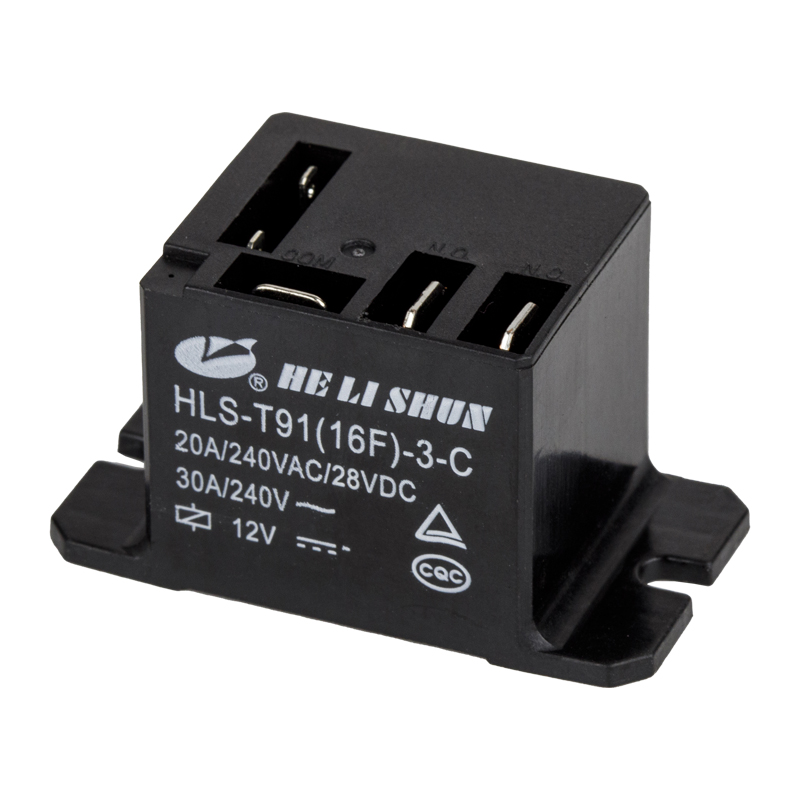Gold-silver alloys are chosen for telecom relay contacts primarily because gold and silver each possess unique performance advantages. Their combination can offset the deficiencies of either material, thereby enhancing overall performance.
Silver alloy contacts offer high electrical and thermal conductivity, low contact resistance, and excellent oxidation resistance, making them suitable for applications requiring high current and high reliability. However, pure silver easily oxidizes in air, increasing contact resistance and impacting performance. Gold, on the other hand, offers excellent chemical stability and corrosion resistance, but suffers from poor electrical conductivity and a higher cost.
Gold-silver alloys combine the high conductivity of silver with the high stability of gold, improving corrosion resistance and service life of contacts while reducing oxidation and wear. This combination offers improved performance at high frequencies, high currents, or in harsh environments, making it suitable for applications requiring extremely high reliability, such as aerospace and medical equipment. The gold-silver alloy combination balances performance and cost, providing a longer service life and higher reliability.
What is the function of a telecom relay?
Telecommunications relays are electromagnetic control devices widely used in communications systems. Their primary function is to control the on/off switching of circuits through electromagnetic induction and mechanical action, enabling remote control and automated circuit switching, providing overload and short-circuit protection, converting weak signals into strong control signals, and implementing complex logic control functions.
A relay is an electromagnetic switch whose basic structure includes:
Electromagnetic coil: generates a magnetic field when energized;
Iron core: attracted by the magnetic field;
Contacts: closed or opened by the core's attraction;
Contact system: includes normally open (NO) and normally closed (NC) contacts.
When the coil is energized, it generates a magnetic field that attracts the core, actuating the contacts and thus opening and closing the circuit.
Signal routing and switching: In communications equipment, relays are used for signal routing and switching. For example, in base stations, switches, routers, and other devices, relays are used for signal switching, routing selection, and signal amplification.
Power supply control: Relays can be used to control the on/off of power supplies, implementing functions such as automatic power switching, backup power switching, and power supply protection.
Signal Protection: Relays can be used for overload protection, short-circuit protection, overvoltage protection, and other functions, improving system reliability and safety.
Logic Control: In complex communication systems, relays can be used to implement logic control, such as signal time-division multiplexing, timing control, and fault isolation.
Signal Amplification and Isolation: In some communication systems, relays can be used to isolate and amplify signals, improving signal transmission quality.
Typical Applications of Relays in Communication Systems
Communication Base Stations: In wireless communication base stations, relays are used for signal routing, power control, RF signal switching, and antenna switching.
Switches and Routers: In communication switches and routers, relays are used for signal switching, routing, and logic control.
Power Supply Systems: In communication power supply systems, relays are used for automatic power switching, backup power switching, and power protection.
Testing and Maintenance: In the testing and maintenance of communication equipment, relays can be used to control and switch analog and test signals.
High Reliability: Communication systems place extremely high demands on relay reliability, requiring them to remain stable over long periods of operation with a low failure rate.
Long life: Relays must meet stringent performance requirements, including contact life, mechanical life, and electrical life.
Environmental adaptability: Relays must withstand harsh environments such as high temperature, high humidity, vibration, and electromagnetic interference.
Interference immunity: In communication systems, relays must exhibit excellent immunity to electromagnetic interference to ensure stable signal transmission.
Telecommunications relays are essential components in communication systems. Their role extends beyond simple on/off control and also plays a vital role in signal routing, power control, signal protection, and logic control. With the continuous advancement of communication technology, the application of relays in communication systems will become more extensive and in-depth.




 English
English 中文简体
中文简体
